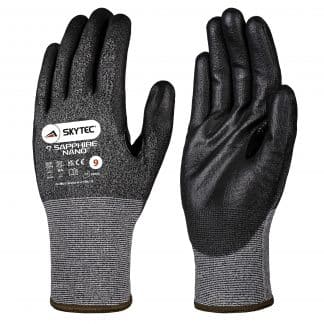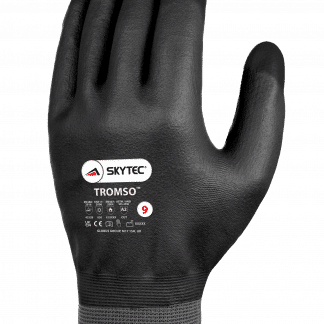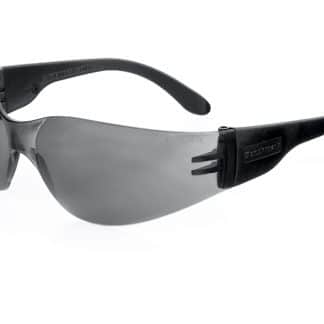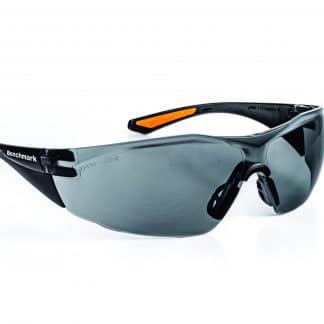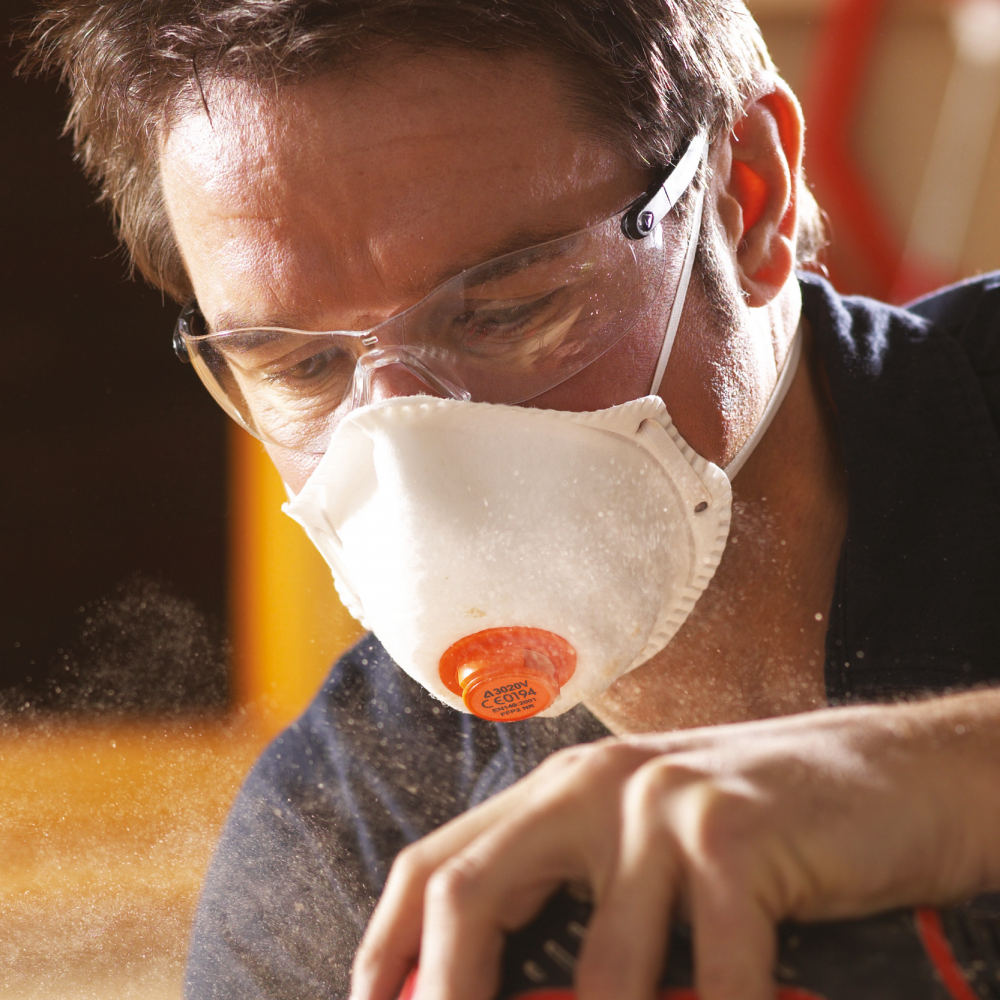
To understand FFP levels you first need to understand why we have RPE. Respiratory Protective Equipment (RPE) is equipment designed to reduce and mitigate the respiratory load your employees take on in the workplace and are a crucial tool in maintaining a healthy and effective workforce. Any respiratory irritation can lead to soft tissue damage, which can escalate to lung failure and cancers.
If a respiratory risk is present within a workplace, safety measures must be put in place to remove it or reduce it as far as possible. Providing RPE in high-risk environments is an operational requirement within the workplace. Still, it is strongly recommended for hobbyists and DIY enthusiasts who may be putting their health at risk otherwise.
What Is FFP?
Filtering facepieces (FFP) are a method of RPE which protect against respirable dust, smoke, and aerosols. FFP’s do not protect against vapour or gas – something present in areas when working with compounds such as solvents or resin.
There are three different standards of FFP. Each has its specific recommended uses. It is essential to know the difference between these classes to ensure optimal usage and compliance with regulations.
This form of personal protective equipment (PPE) is held to two defined ‘success’ factors:
- Occupational Exposure Limit (OEL): The concentration of a hazardous substance allowable in the workplace air.
- Assigned Protection Factor (APF): An indication of how well a mask protects the wearer from hazardous substances. For example, an FFP with an APF of 3 will reduce the concentration of the hazardous substance in the air that the wearer breathes by three times.
The Three Classes
These disposable respirators offer varying levels of protection against airborne particles such as dust, mists and fumes.
FFP1, FFP2 or FFP3 (as per EN 149:2001+A1:2009) indicate the protection level for the user if the respirator is fitted and used correctly. The higher the number, the greater the protection.
Filtering Facepiece 1 – FFP1
This standard FFP typically features an APF of 4x OEL.
FFP1 masks can decrease inhalation of brick dust, coal dust, cellulose, cement, gypsum, limestone, plaster of paris, pollen and sugar. This type of respiratory protection can filter a minimum of 75% of the substance when used correctly.
It contains the lowest level of filtration, giving it the lowest level of breathing resistance, meaning it is compatible with long shift wear.
Filtering Facepiece 2 – FFP2
These FFP’s typically hold an APF of 10x OEL.
FFP2’s such as the IX-2 Respirator can protect against brake dust, cotton dust, granite dust, hay, lead dust, and softwood dust. FFP2 respiratory protection is ideal for Chemical, Cleaning, Construction, DIY, Gardening, Healthcare and Manufacturing Environments.
This UK manufactured, lightweight, fold flat respirator features a flat respirator and electrostatic filter media and Conforms to EN 149:2001+A1:2009.
They are most commonly used in the metal and mining industry.
Filtering Facepiece 3 – FFP 3
These FFP’s usually feature an APF of 20x OEL.
FFP3’s offer the highest level of protection available, designed to protect against toxic particulates, including asbestos, bacteria, viruses.
The Alpha Solway IX-3 is an example of a high quality, UK manufactured lightweight, fold flat respirator with a flexible nose bridge and electrostatic filter media which conforms to EN 149:2001+A1:2009.
FFP3 face masks are frequently used in the chemistry and manufacturing industry due to the high levels of respiratory protection they offer against contaminants and hazardous materials.

